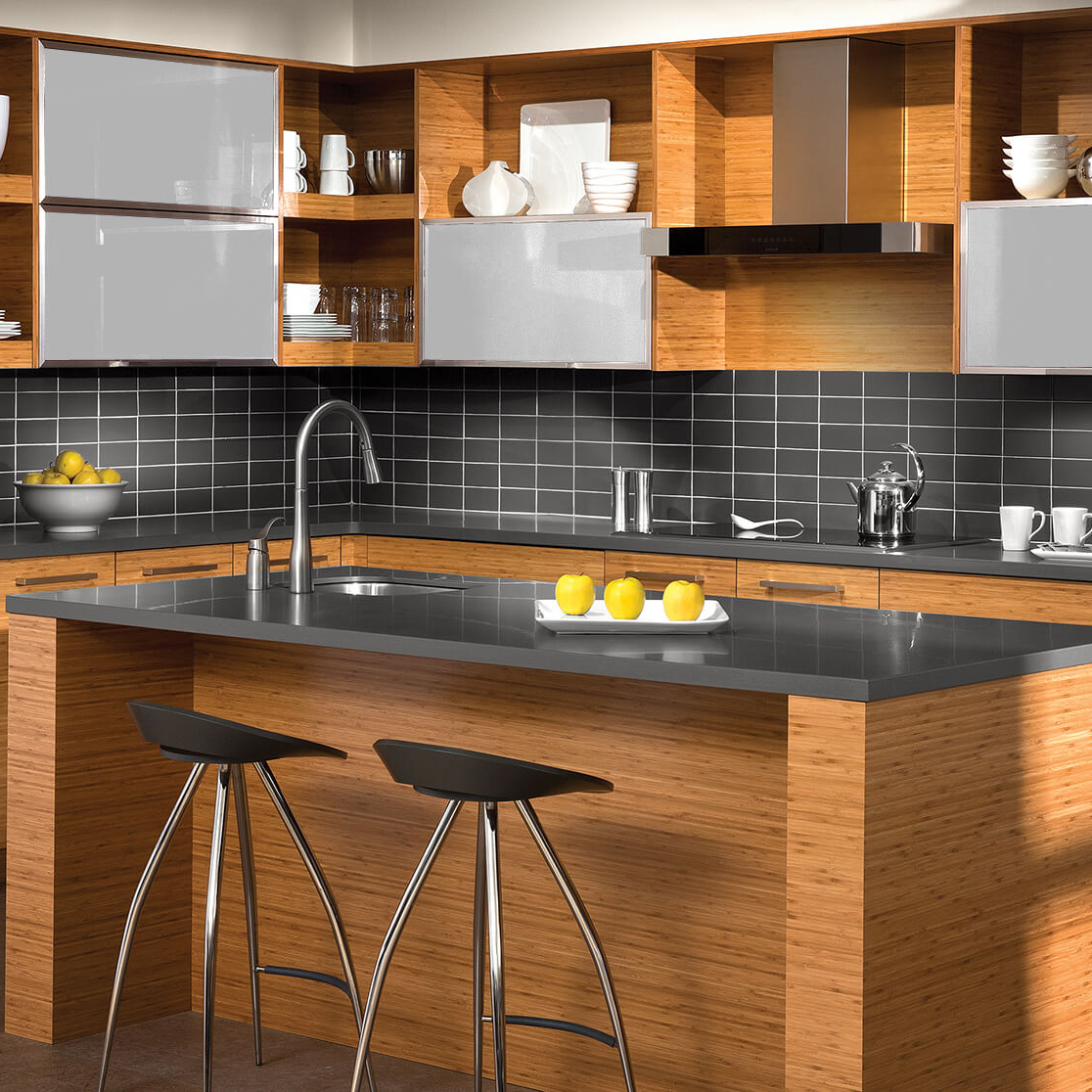
Retro Revival: Exploring the Iconic Kitchen Light Fixtures of the 1960s
The 1960s were a decade of unprecedented change and innovation, and this was reflected in the design of homes and interiors. One key element of the 1960s home was the kitchen, which underwent a transformation from a purely functional space to a stylish and modern hub of the home. The lighting fixtures used in 1960s kitchens were no exception, with a range of innovative and eye-catching designs that were a hallmark of the era.
The Popularity of Pendant Light Fixtures
One of the most popular types of light fixture in 1960s kitchens was the pendant light. These fixtures hung down from the ceiling, with a single shade that focused the light downwards. Pendants were often used in groupings of two or three, arranged in a line above the kitchen island or dining table.
The shades of pendant lights in the 1960s were typically made of materials such as glass or metal, and came in a range of shapes – from rounded globes to angular, geometric designs. A popular style was the “Sputnik” pendant, which featured a series of slender arms that extended outwards from a central point, with small bulbs at the ends of each arm.
Track Lighting: A New Idea for the 1960s Kitchen
Another innovative lighting solution for 1960s kitchens was track lighting. This type of fixture featured a single track mounted to the ceiling, with several adjustable lights that could be moved along the track to direct light where it was needed.
Track lighting was particularly useful in kitchens, where different areas required different levels of illumination. For example, the track could be adjusted so that it shone directly onto the kitchen work surface, while also providing ambient lighting for the rest of the space.
The Influence of Modernism and Minimalism
The design aesthetic of the 1960s was strongly influenced by the modernist movement, which emphasized functionalism, simplicity, and clean lines. This was reflected in the lighting fixtures used in kitchens, which often featured sleek shapes and a minimal amount of ornamentation.
Materials such as chrome, stainless steel, and aluminum were particularly popular in 1960s kitchen lighting. These materials lent a futuristic feel to the space and echoed the sleek, streamlined designs of popular electronic gadgets and appliances of the era.
The Continuing Legacy of 1960s Kitchen Lighting
While many of the specific designs and materials used in 1960s kitchen lighting may now seem outdated, the overall principles behind these fixtures have endured. Modern-day kitchen lighting still emphasizes functionality and minimalism, while incorporating innovative technologies such as LED lighting and smart home integration.
Looking back at the lighting fixtures of the 1960s can provide inspiration for those looking to update their own kitchens, while also celebrating the bold and innovative design trends of the past.
